|
|
|
Bio-Synthesis Newsletter - January 2019
|
Self, non-self, and RNA
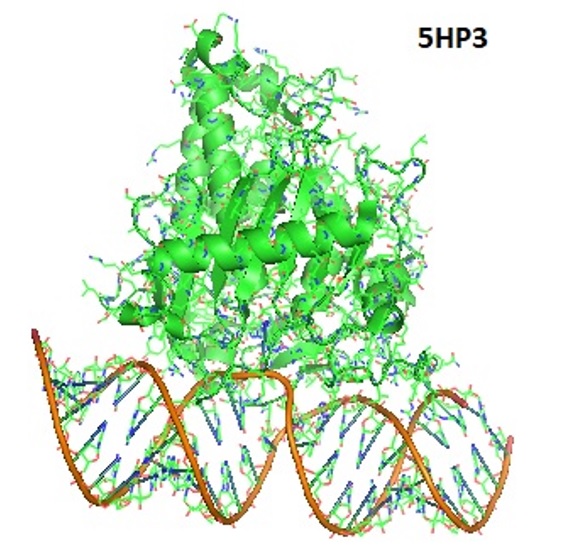 Inosine present in the epitranscriptome and the ADAR1 protein establishes innate immune tolerance for endogenous host double-stranded RNA. Over a hundred (100) million adenosine to inosine editing sites have already been identified in the human transcriptome.Viral nucleic acids are detected by innate immune sensors that act as readers of epitranscriptome RNA modifications. 'A-to-I editing' can alter a protein's coding sequence. In humans, this is crucial for keeping the innate immune response in check. The use of inosine-containing amplification primers allows the amplification of a specific DNA fragments from different alleles. Inosine present in the epitranscriptome and the ADAR1 protein establishes innate immune tolerance for endogenous host double-stranded RNA. Over a hundred (100) million adenosine to inosine editing sites have already been identified in the human transcriptome.Viral nucleic acids are detected by innate immune sensors that act as readers of epitranscriptome RNA modifications. 'A-to-I editing' can alter a protein's coding sequence. In humans, this is crucial for keeping the innate immune response in check. The use of inosine-containing amplification primers allows the amplification of a specific DNA fragments from different alleles.
|
|
Read More
|
|
|
A new way to deliver aerosol containing mRNA
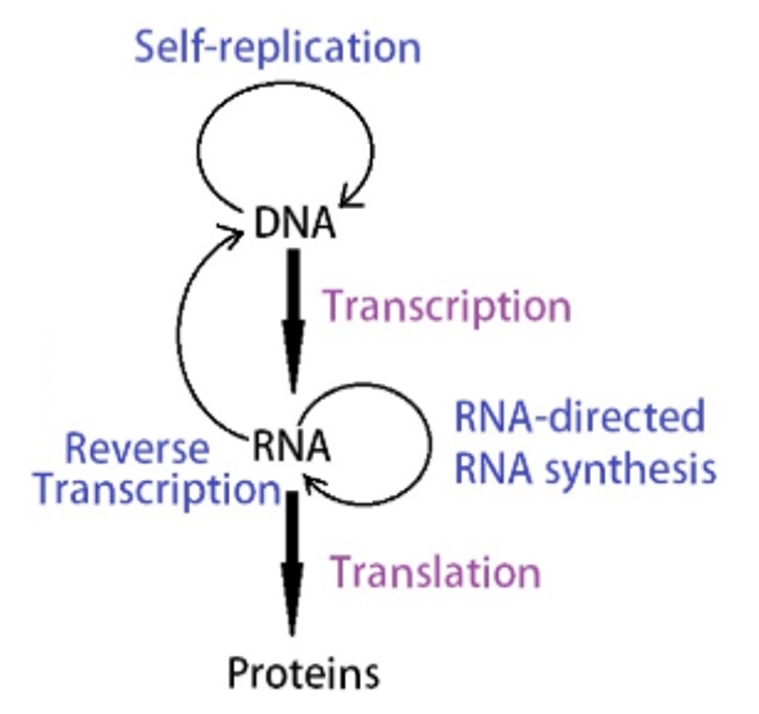 The inhalation of vapors and aerosols is an ancient method used in the past by many cultures, some of which have been used as therapeutics. Therefore the delivery of beneficial drugs or medicines via therapeutic aerosols into the lung is very desirable. With that goal in mind,Patel et al. recently synthesizedhyperbranched poly(beta amino esters) to enable the delivery of nanoformulated mRNAs into the lung.Noninvasive ventilation (NIV), the administration of ventilatory support without usingan invasive artificial airway, is becoming increasingly popular to treat respiratory insufficienciessuch as chronic obstructive pulmonary disease (COPD), or acute respiratory failure.The delivery of pharmaceutical in vitro transcribed (IVT) mRNA has many beneficial applications for therapeutic approaches to treat diseases.For example to generate a consistent protein production in the lung, without local or systemic toxicity. The inhalation of vapors and aerosols is an ancient method used in the past by many cultures, some of which have been used as therapeutics. Therefore the delivery of beneficial drugs or medicines via therapeutic aerosols into the lung is very desirable. With that goal in mind,Patel et al. recently synthesizedhyperbranched poly(beta amino esters) to enable the delivery of nanoformulated mRNAs into the lung.Noninvasive ventilation (NIV), the administration of ventilatory support without usingan invasive artificial airway, is becoming increasingly popular to treat respiratory insufficienciessuch as chronic obstructive pulmonary disease (COPD), or acute respiratory failure.The delivery of pharmaceutical in vitro transcribed (IVT) mRNA has many beneficial applications for therapeutic approaches to treat diseases.For example to generate a consistent protein production in the lung, without local or systemic toxicity.
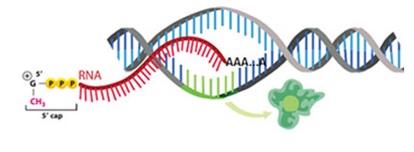
|
|
Read More
|
|
|
BNAs for Multiplexing PCR
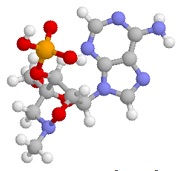 Multiplex PCR allows simultaneous detection of multiple oligonucleotide target sequences in genomic DNA and transcriptomic RNA. However, many of the current methods require complicated steps and are often not free of error. Oligonucleotides containing bridged nucleic acids (BNAs) are attractive tools for use in genomic DNA amplification and multiplex genotyping. In particular, BNA containing oligonucleotide pentamers have strong affinities to complementary targets and can be used to avoid dimer formation and mismatch hybridization.The unique featuresof BNAs allow the identification of multiple distinct genes or genetic species often by using just a single amplification procedure. Pentamer oligonucleotide-based PCR also can be used for pathogen identification. Multiplex PCR allows simultaneous detection of multiple oligonucleotide target sequences in genomic DNA and transcriptomic RNA. However, many of the current methods require complicated steps and are often not free of error. Oligonucleotides containing bridged nucleic acids (BNAs) are attractive tools for use in genomic DNA amplification and multiplex genotyping. In particular, BNA containing oligonucleotide pentamers have strong affinities to complementary targets and can be used to avoid dimer formation and mismatch hybridization.The unique featuresof BNAs allow the identification of multiple distinct genes or genetic species often by using just a single amplification procedure. Pentamer oligonucleotide-based PCR also can be used for pathogen identification.
|
|
Read More
|
|
|
BNAs for DNA Sequencing and PCR Primers
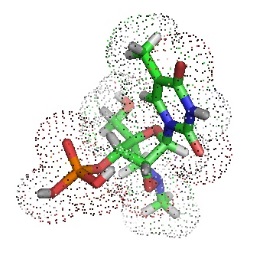 Incorporation of BNAs into oligonucleotides enhances affinity and specificity of PCR primers needed for sequencing and hybridization-based detection when placed correctly within the oligonucleotide sequence. Sometimes unmodified oligonucleotides generate unacceptable results. For example, biological features that include SNPs, CpGs, exons, splice sites and protein binding regions are often found in sequence regions that make the design of working primers difficult. BNAs incorporated near the 5′ end of sequencing and PCR primers improves their performance., however BNAs near the 3′ end and evenly spaced BNAs throughout the primers do not. Incorporation of BNAs into oligonucleotides enhances affinity and specificity of PCR primers needed for sequencing and hybridization-based detection when placed correctly within the oligonucleotide sequence. Sometimes unmodified oligonucleotides generate unacceptable results. For example, biological features that include SNPs, CpGs, exons, splice sites and protein binding regions are often found in sequence regions that make the design of working primers difficult. BNAs incorporated near the 5′ end of sequencing and PCR primers improves their performance., however BNAs near the 3′ end and evenly spaced BNAs throughout the primers do not.
|
|
Read More
|
|
|
|
|
Bio-Synthesis, Inc.
800 Mario Court, Lewisville, TX 75057, USA
Toll Free: 800.227.0627 | 1.972.420.8505 (Intl.)
|
|
|
|
|
|